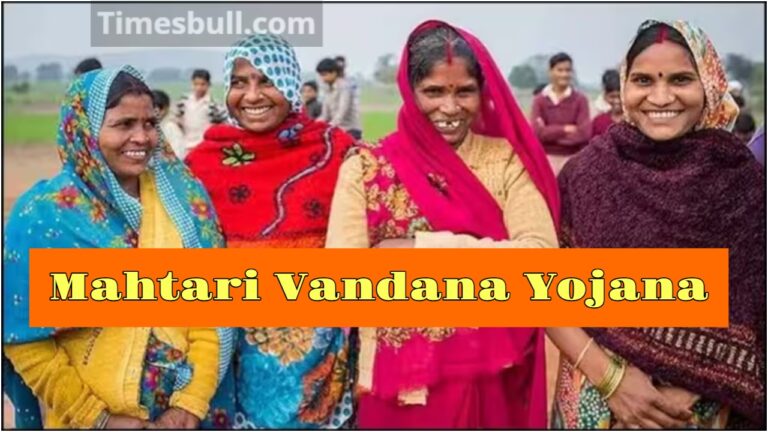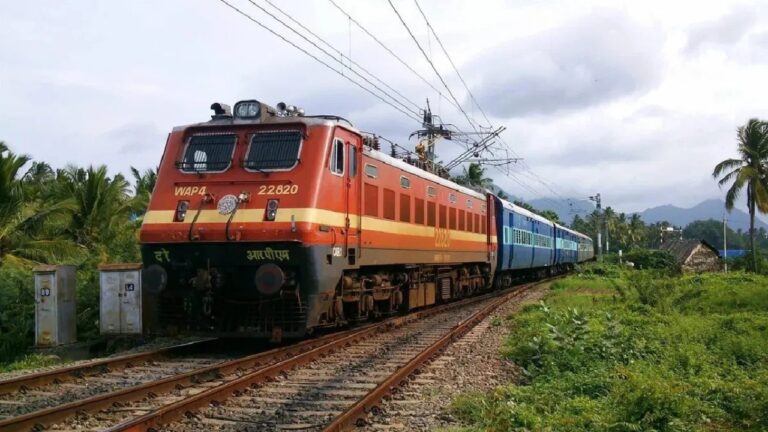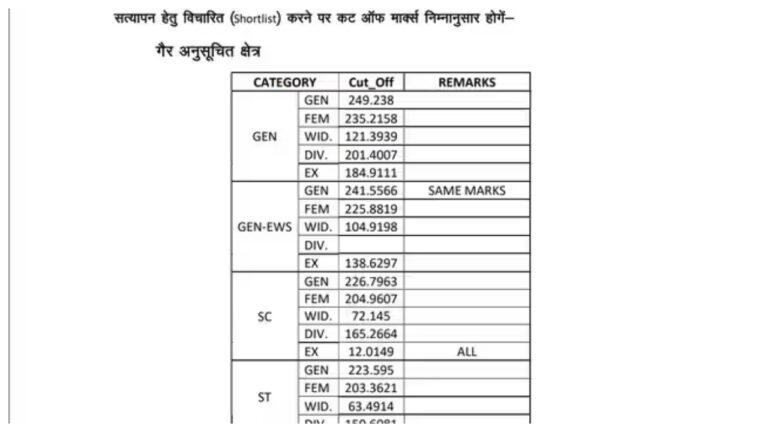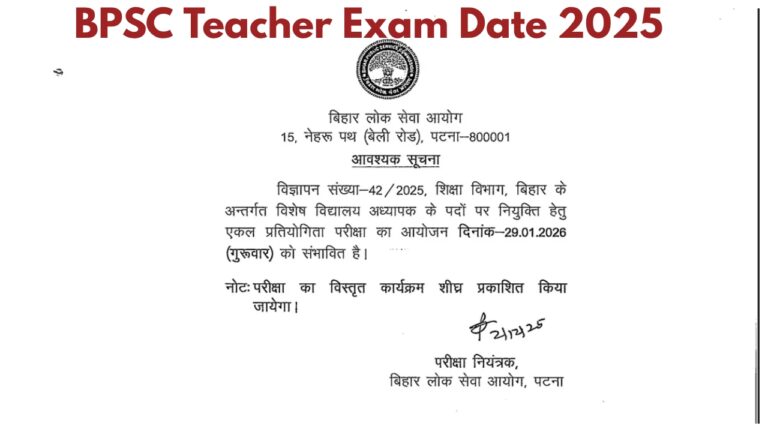India’s gaming sector is witnessing a radical transformation. Gamers in Tier-2 and Tier-3 cities are moving from the fringes of the industry to claim their space in the spotlight. This market, once dominated by metropolitan audiences, is now seeing unprecedented growth driven by gamers in smaller cities and towns.
The reasons are simple: affordable smartphones, cheap mobile data and user-friendly platforms tailored to meet the needs of regional gamers. The fortunate combination of these factors has unlocked never-before-seen access for millions of gamers beyond metros.
At the heart of this boom, we have traditional options like the rummy game, or the classic 13-card rummy in particular, which engage first-time gamers from semi-urban and rural India.
Gaming Becomes Popular in Tier-2 and Tier-3 Cities
Mobile gaming has seen a dramatic surge in India, driven primarily by users in Tier-2 and Tier-3 cities. Recent studies show that the majority of Indian gamers now come from beyond the metros. The top 10 hubs for new user growth have all been non-metropolitan cities, as per a recent report. Between 2021 and 2022, in particular, small cities registered staggering growth in the gaming population. For instance, Mohali saw a 7,130% spike in gamers.
This shift is supported by many enablers. Smartphones, priced in the range of ₹5,000 and ₹6,000, are now budget-friendly. Data plans are also affordable, often starting at around ₹150 or lower per month. Improved 4G and 5G networks have further fuelled this transformation and made online gaming more accessible across the country.
Additionally, game developers are creating games in local languages, and micro-influencers are promoting them through vernacular content. These small steps have led to giant leaps in the gaming community, especially in the non-English-speaking user base in India’s smaller towns and villages.
Economic growth beyond the metros and higher disposable incomes in semi-urban areas have also contributed to this gaming boom. Youngsters in Tier-2 and Tier-3 cities are now deliberately spending on mobile gaming, in-game purchases and entry fees for skill-based games like 13-card rummy or chess.
Casual Games Capture Small-Town Markets
Card-based skill games like the online rummy game have become wildly popular among small-town gamers. Rummy has long been a cultural staple, after all, and its digital version has found instant acceptance in Tier-2 and Tier-3 cities. It became a cornerstone of the real-money gaming sector (RMG), which crossed the $3.2 billion mark recently and continues to grow exponentially.
This surge is reflected in user growth and engagement. Around 450 million Indians now participate in casual games online. This community grows by around 2 million new paying users each month, many of whom are from non-metro cities and drawn to accessible formats of familiar games like 13-card rummy.
Real cash rummy apps have also become quite popular in suburban and rural areas because they tap into the love for a game that has existed for generations. Many online rummy game platforms, like Gameskraft, now boast crores of users. Rummy tournaments reflect the scale of this growth. RummyCulture, for instance, set a Guinness World Record in March 2023 when 2.15 lakh players participated simultaneously in the biggest rummy game tournament online.
These milestones, which were unimaginable a decade ago, are now fueled by active participation from Tier-2 and Tier-3 cities where the love for 13-card rummy runs deep. For players from small towns, it is more than just a game. It is a shot at gaining their two seconds of fame.
Take Akash Kumar from Bijnor, Uttar Pradesh. He made headlines in 2023 when he won over ₹1 crore in an online rummy game. His story echoes across small-town India, where students, homemakers and professionals alike treat rummy and other casual games as a legitimate mind sport.
Inclusion Driven by Vernacular and Mobile-First Innovation
Many leading online gaming platforms have now prioritised vernacular access and mobile-first design. Recognising that English-heavy apps were a barrier in Tier-2 and Tier-3 cities, platforms now offer 24/7 support in several regional Indian languages. Tutorials, FAQs and promotions are also tailored to local audiences in their native tongue.
The result? A player in Rajasthan may learn the 13-card rummy game in Hindi, another in Tamil Nadu may use a Tamil interface, while yet another in Assam may view in-game ads in Assamese. This kind of localisation removes friction and encourages first-time players to confidently participate in India’s growing online gaming economy.
Mobile-first interfaces have also opened more doors for regional gaming enthusiasts. Many users in smaller towns play on older smartphones and shaky networks, so many gaming apps are built to run smoothly even on lower-band 2G and 3G networks. They include lightweight files, offline modes and trust-building features like instant verification and same-day cash prize withdrawals.
These developments have all cohesively created a more inclusive gaming ecosystem that meets users where they are and gives them what they want.
Changing the Narrative With Access and Aspiration
Improved access has made it possible for rummy games and other casual or RMG apps to reach Tier-2 and Tier-3 users faster. Gaming has gone from a niche pastime to a national hobby. With millions of new users joining this growing community each month, the digital divide is shrinking. Young players from remote towns now compete, earn and build identities as gamers on their own terms.
Aspiration is another transformative element powering this shift. When someone from a village wins lakhs or crores in Ludo or a 13-card rummy game, it inspires others. This fosters the belief that India’s digital economy has space for everyone, no matter where they are from. By participating in this fast-growing sector, the country’s small-town gamers are taking their place in the limelight and propelling the industry forward.










